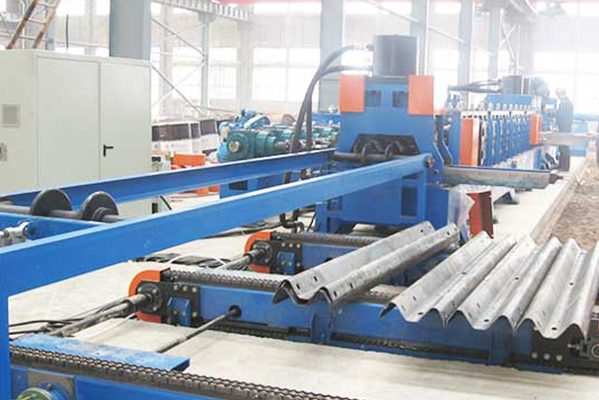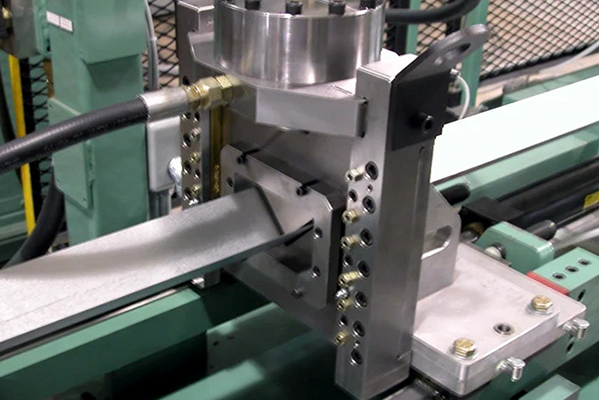Navigation Menu
Contact Us
- Email:
- info@wxavatar.com
- Address:
- Yurong Village, Yuqi Street, Huishan District, Wuxi, China.
Release Date:Oct 23, 2024 Visit:304 Source:Roll Forming Machine Factory
In the dynamic world of metalworking, the evolution of cold forming machines has been a pivotal force driving efficiency and productivity. Recent innovations in these machines have significantly enhanced tool life and reduced downtime, thereby optimizing production processes and boosting overall operational performance. This article delves into the key advancements and their impact on the metalworking industry.

Improved Tool Materials and Coatings
One of the most significant innovations in cold forming machines is the use of advanced tool materials and coatings. Traditional tools were prone to wear and tear, leading to frequent replacements and increased downtime. However, modern tools are crafted from high-strength alloys and coated with durable materials like titanium nitride (TiN) or carbide (WC). These enhancements provide superior hardness and wear resistance, enabling tools to withstand the rigors of the cold forming process for extended periods.
Moreover, the application of advanced coatings has also improved the lubrication properties of tools, reducing friction and heat generation during operation. This further extends tool life and maintains a consistent forming process, ensuring high-quality output.
Optimized Tool Design
Another critical innovation in cold forming machines is the optimization of tool design. Manufacturers have leveraged advanced engineering principles to develop tools that are more efficient and durable. For instance, tools are now designed with optimized geometries that reduce stress concentrations and enhance material flow during forming. This not only improves the quality of the formed components but also extends tool life by minimizing wear and tear.
Furthermore, the use of computer-aided design (CAD) and simulation software has allowed manufacturers to predict tool performance under various conditions. This enables them to make informed decisions about tool design and materials, further enhancing durability and reducing downtime.
Advanced Lubrication Systems
Effective lubrication is crucial for reducing wear and tear on cold forming tools. Innovations in lubrication systems have significantly improved the performance of these machines. Modern machines are equipped with advanced lubrication systems that deliver precise amounts of lubricant to the forming zone. This ensures that tools remain well-lubricated throughout the process, reducing friction and heat generation.
Moreover, some lubrication systems utilize biodegradable oils and greases that are formulated to withstand high temperatures and pressures. These lubricants not only protect tools from wear but also contribute to a cleaner and safer working environment.
Enhanced Monitoring and Maintenance Capabilities
Cold forming machines have also seen advancements in monitoring and maintenance capabilities. Modern machines are equipped with sensors that continuously monitor key parameters such as temperature, pressure, and vibration. This data is then analyzed using advanced algorithms to predict potential issues and alert operators before downtime occurs.
Furthermore, many machines now feature remote monitoring capabilities that enable operators to access real-time data and diagnostics from anywhere. This allows for proactive maintenance and quick troubleshooting, reducing downtime and ensuring optimal machine performance.

Conclusion
In summary, the latest innovations in cold forming machines have significantly enhanced tool life and reduced downtime. The use of advanced tool materials and coatings, optimized tool design, advanced lubrication systems, and enhanced monitoring and maintenance capabilities have all contributed to the improved performance of these machines. As the metalworking industry continues to evolve, the adoption of these innovations will be crucial in maintaining high levels of productivity and quality. By leveraging the latest technology, manufacturers can optimize their production processes and stay ahead of the competition in the global metalworking landscape.